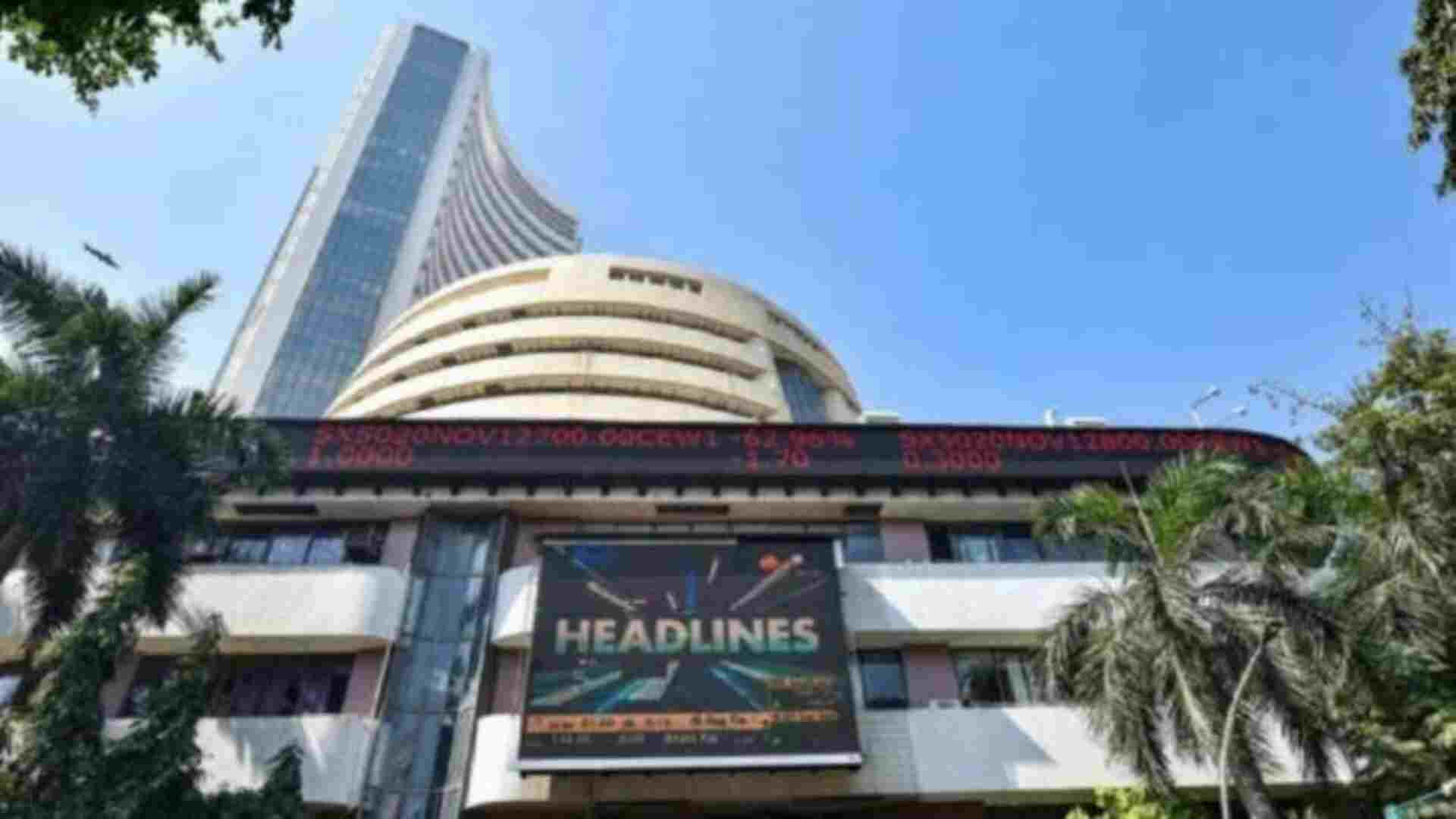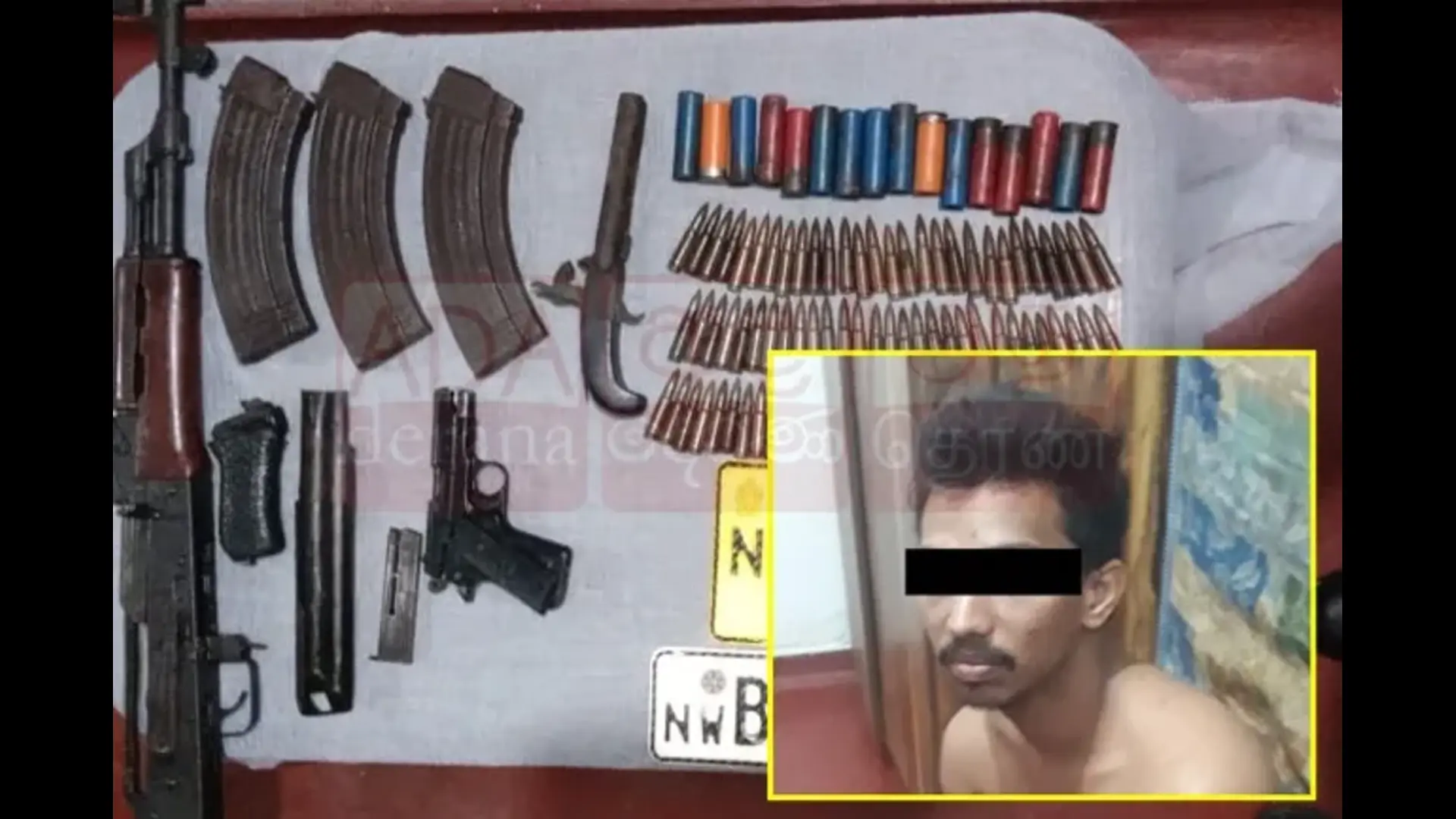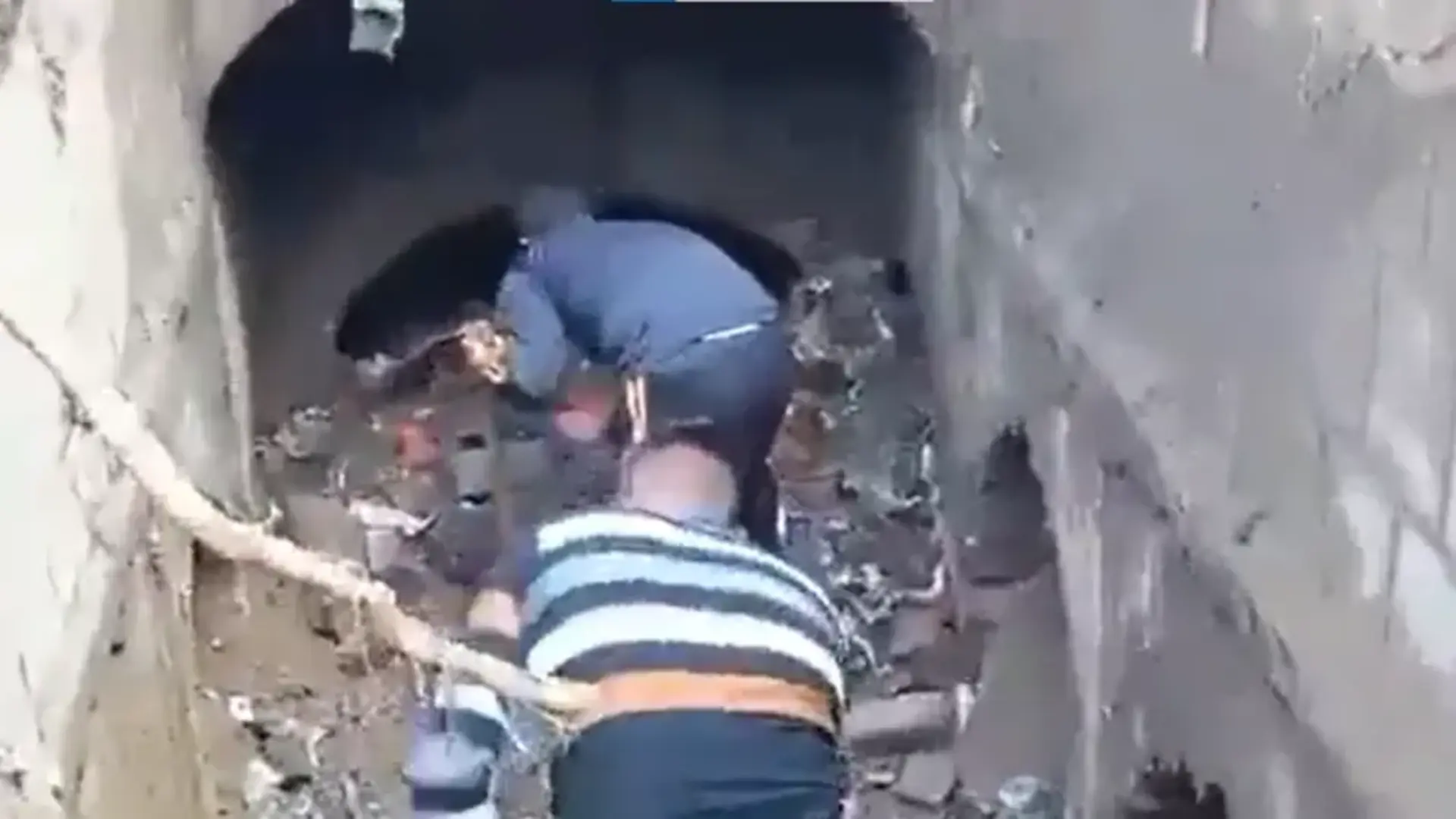According to the System of Air Quality and Weather Forecasting and Research (SAFAR-India), the National Capital’s air quality index (AQI) was 324 on Thursday morning, indicating that conditions were still “very poor.” According to CPCB data taken at 6:00 a.m. on Thursday, the Anand Vihar air quality index was 387 (very poor); at the ITO in Delhi, it was 343 (very poor); at Wazirpur in Delhi, it was 422 (severe); and at RK Puram, it was 415 (severe). Similarly, Okhla Phase-2 in Delhi recorded an Air Quality Index of 406 (severe) at 7:00 a.m. on Thursday.
A score of 0 represents good air quality, 100–200 represents moderate air quality, 200–300 represents poor air quality, 300–400 represents extremely poor air quality, and 400–500 or higher represents severe air quality. The Air Quality Index is a useful tool for clearly and concisely conveying to people the current state of the air quality. It reduces complex data on the quality of the air caused by different pollutants to a single number (the index value), color, and nomenclature.
With an improvement in the air quality in Delhi last week, the CAQM (Commission for Air Quality Management) on Saturday revoked the restrictions that were imposed under GRAP 4, permitting trucks and buses except for BS-3 and BS-4 petrol and diesel vehicles to enter the city and lifting the ban on ongoing construction activities.
The Supreme Court suggested on Tuesday that the farmers who engage in stubble burning be deprived of the Minimum Support Price (MSP) benefits as a part of the economic repercussions of their actions.






